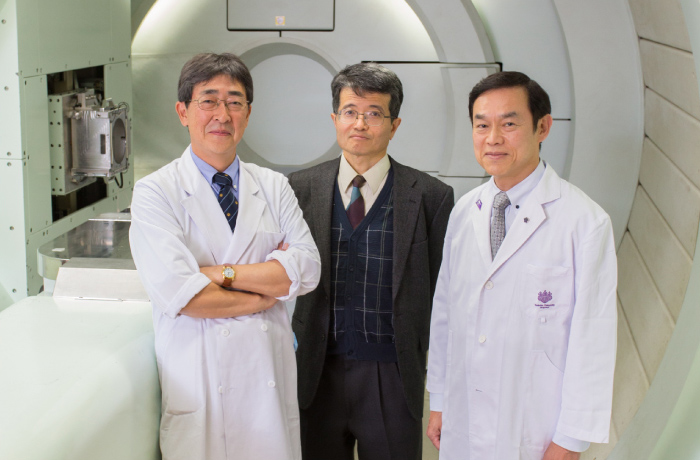
The University of Tsukuba began full-scale clinical research in proton therapy in 1983, as the first facility in Japan to pursue research in the field. The university has achieved a number of significant developments in the field, in particular internationally pioneering the use of proton therapy to treat cancerous liver tumors and other tumors deep inside the body by developing the treatment method known as respiratory-gated radiotherapy, which is now highly regarded and considered as a worldwide standard in proton therapy.
A significant characteristic of proton therapy is that the proton-beam can be targeted at a tumor with pinpoint precision such that the healthy cells surrounding it are left undamaged and only mild side effects are produced. As this therapy minimizes the physical side effects on the patient, it can be a highly effective means of treating aged or frail cancer patients with complications such as a heart disease. Proton therapy is also a good method for treating and helping to ensure a healthy future for children or young cancer patients, because the risks that it will inhibit their physical growth and development or cause secondary cancer are low.
As the Proton Beam Therapy Center is part of the University of Tsukuba Hospital, the center staff are able to cooperate closely with doctors and medical practitioners specializing in internal medicine, surgery, and a number of other fields, working in teams and adopting a multidisciplinary perspective in order to provide the best possible therapy. There is no universal method of treating cancer and each patient needs to receive treatment that has been adapted to their individual condition. We place the utmost importance on providing the most suitable means of treatment for each patient by carefully examining their physical and mental condition, such as their symptoms, age, physical strength, or ways of thinking about medical treatment.
Cancer treatments today generally adopt a combination of methods such as surgery, chemotherapy, and radiation treatment, utilizing the elements of each method which are most suited to treating the patient’s condition. Proton therapy can be used as part of such combined treatment methods to ensure that patients maintain a good quality of life.
Through our clinical practice and research, we strive to assist a greater number of patients by providing and developing proton therapy. If you are considering proton therapy as a treatment option, please do not hesitate to consult with us.
Hideyuki Sakurai Director, Proton Beam Therapy Center,
University of Tsukuba Hospital
 |
National Laboratory for High Energy Physics (KEK)—currently the High-Energy Accelerator Research Organization—proposes particle therapy using a largescale proton accelerator. |
|---|---|
 |
KEK, the National Institute of Radiological Sciences, and the University of Tsukuba agree to implement a particle therapy project. |
 |
The “Working Group for Research in Medical and Biological Use of High LET Particles” is established at the University of Tsukuba. The group is renamed the “Preparatory Committee for the Committee for Study of Biological and Chemical Use of High-LET Radiation” in December, and the particle therapy project is developed as a university-wide initiative. |
 |
A joint experiment using a large-scale proton accelerator commences. |
 |
The project organization is renamed the Particle Medical Center, with the project duration set as ten years. |
 |
A proton facility is built, and work is commenced on proton experiments on living creatures. |
 |
The world’s first clinical study using a vertical beam begins. |
 |
The Particle Medical Center reaches the end of its tenyear duration, and the Proton Medical Use Research Center is established in its place. |
 |
A new facility is built at the University of Tsukuba Hospital and becomes the new location of the Proton Medical Use Research Center. |
 |
The Proton Medical Use Research Center is made an affiliated organization of the hospital following the reorganization of the university as a national university corporation |
 |
Proton therapy is recognized as an advanced medical treatment. |
 |
The Proton Beam Therapy Center is established as a clinical department. |
As of July 2014, the Proton Beam Therapy Center has treated 3,944 patients, including those treated by the National Laboratory for High Energy Physics (KEK)—currently known as the High-Energy Accelerator Research Organization—between 1983 and 2000. The largest portion of cases treated were cases of liver cancer, followed by prostate cancer and lung cancer. Our center provides proton therapy for any condition in which the therapy can be effectively applied to the tumor.

At the Proton Therapy Center, University of Tsukuba Hospital, we strive to provide the best possible treatment for each patient through close collaboration between three teams of medical staff—physicians, medical physicists, and radiologists—and specialist nursing staff.
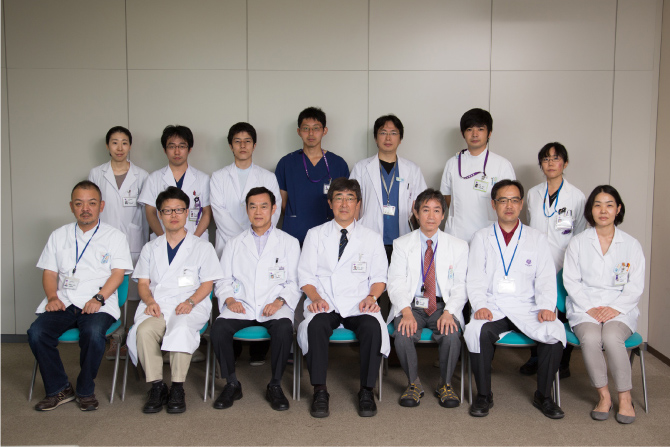
Our physicians are specialists with extensive knowledge and experience in a number of fields related to radiation therapy, including fundamental radiology, diagnostic oncology, clinical oncology (internal medicine, surgery, etc.), and radiation control. They apply these specialist backgrounds to the provision of proton therapy, striving to ensure that each patient receives the best medical treatment while also maintaining a good quality of life. The physician in charge of treatment discusses and shares information on courses of treatment and treatment plans with other physicians and medical staff at daily meetings. They also collaborate with specialist physicians in each department of the University of Tsukuba Hospital, establishing a framework for the appropriate treatment of various medical conditions.

-
Hideyuki Sakurai
Director, Proton Therapy Center Physician/Professor,
Department of Radiation Oncology
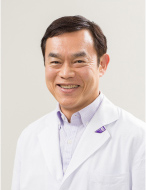
-
Koji Tsuboi
Physician/Professor,
Department of Radiation Oncology
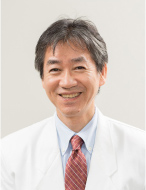
-
Toshiyuki Okumura
Physician/Clinical Professor,
Department of Radiation Oncology
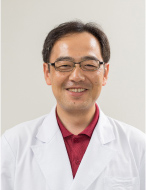
-
Hitoshi Ishikawa
Physician/Associate Professor,
Department of Radiation Oncology
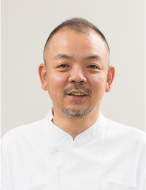
-
Teruhito Aihara
Physician/Associate Professor,
Department of Radiation Oncology
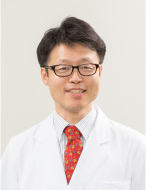
-
Nobuyoshi Fukumitsu
Physician/Associate Professor,
Department of Radiation Oncology
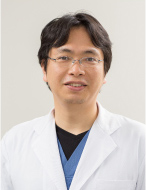
-
Masashi Mizumoto
Physician/ Clinical Assistant Professor,
Department of Radiation Oncology
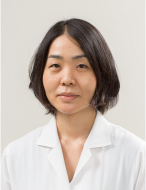
-
Kayoko Onishi
Physician/Assistant Professor,
Department of Radiation Oncology
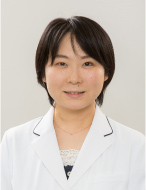
-
Haruko Numajiri
Physician/Clinical Assistant Professor,
Department of Radiation Oncology
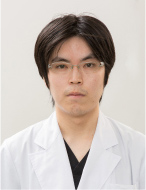
-
Daichi Takizawa
Physician/Resident,
Department of Radiation Oncology
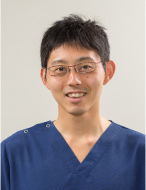
-
Takashi Saito
Physician/Resident,
Department of Radiation Oncology
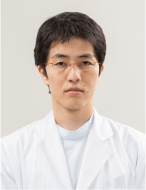
-
Keiichi Tanaka
Physician/Resident,
Department of Radiation Oncology
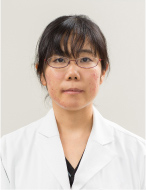
-
Reiko Kanuma
Physician/Resident,
Department of Radiation Oncology

-
Kosei Miura
Physician/Resident,
Department of Radiation Oncology
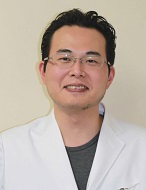
-
Takashi Iizumi
Physician/Resident,
Department of Radiation Oncology
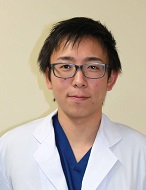
-
Noeru Shiraki
Physician/Resident,
Department of Radiation Oncology
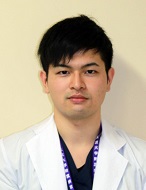
-
Yuta Sekino
Physician/Resident,
Department of Radiation Oncology
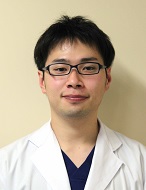
-
Daigo Miyauchi
Physician/Resident,
Department of Radiation Oncology
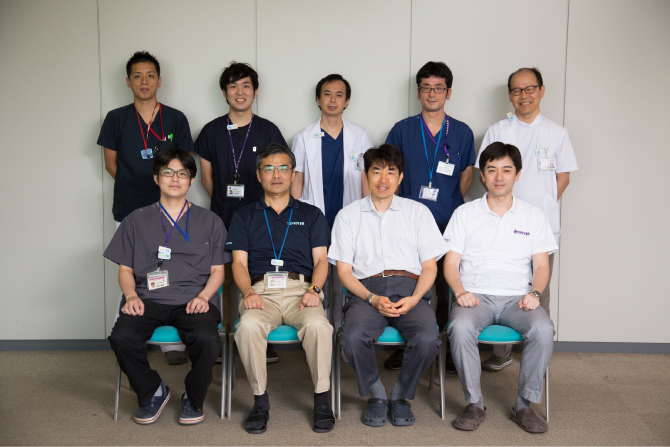
Our team of medical physicists engages in the provision of proton therapy alongside the physicians, ensuring that proton beams are administered accurately and efficiently by devising detailed proton-dosing plans suited to the medical condition of each patient. The team strives to raise the accuracy of treatment and alleviate the physical side effects on the patient by conducting simulations before beginning treatment in order to confirm the suitable dose, angle, and other aspects regarding the proton beam. During treatment a tumor continually changes its shape as it gradually decreases in size. By processing data on the shape of the tumor as four-dimensional images, and combining such data with an advanced technique for calculating the distribution of the radiation dose, the team conducts research to provide the best treatment suited to each situation, as well as to develop new radiation techniques with increased levels of precision and safety.
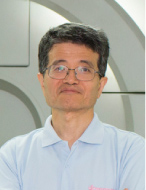
-
Takeji Sakae
Professor

-
Hiroaki Kumada
Associate Professor

-
Kiyoshi Yasuoka
Assistant Professor

-
Toshiyuki Terunuma
Assistant Lecturer

-
Tomonori Isobe
Associate Professor

-
Kenta Takada
Assistant Professor

-
Hideyuki Takei
Clinical Assistant Professor
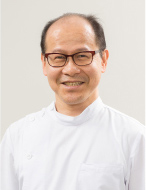
-
Satoshi Kamizawa
Researcher

-
Shinsei Takahashi
Medical Physics Resident
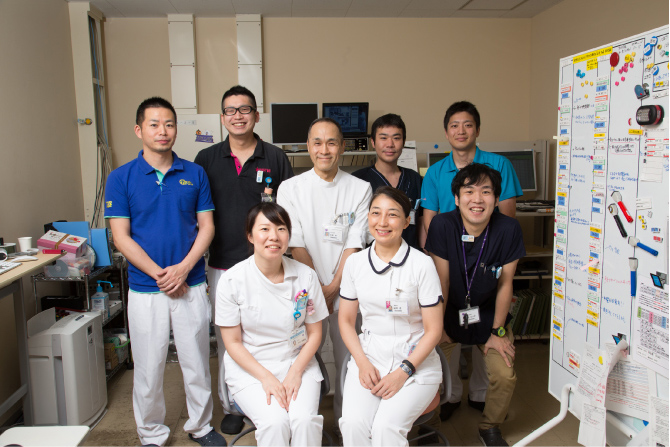
Our team of radiological technologists and nurses is responsible for the actual administration of treatment using proton beams. These medical staff have the most contact with patients during the treatment period. All of the team members work to establish a system by which every task is conducted with the same technical expertise. In addition to administering proton beams accurately according to the treatment plan, team members monitor the administration at all times by computer. The radiology team recognizes the importance of effective communication and strives to ensure that patients receive treatment at ease by creating an environment which is both cheerful and fosters a sense of trust.
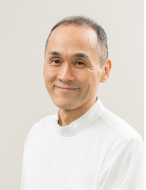
-
Masaru Sato
Radiological Technologist
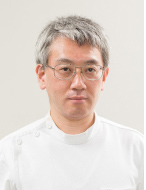
-
Katsuhisa Hosono
Radiological Technologist
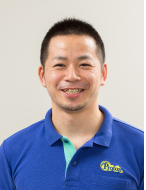
-
Toshio Miyamoto
Radiological Technologist
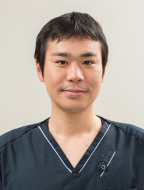
-
Shinya Ishida
Radiological Technologist
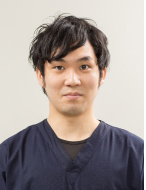
-
Yutaro Mori
Radiological Technologist
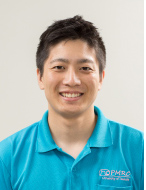
-
Koichi Yamanashi
Radiological Technologist
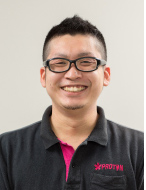
-
Yosuke Yoshimura
Radiological Technologist
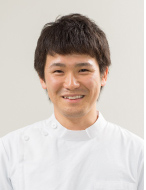
-
Junichi Koketsu
Radiological Technologist
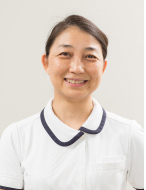
-
Kaori Ayuzawa
Nurse
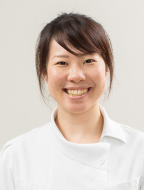
-
Yumika Ishikawa
Nurse





